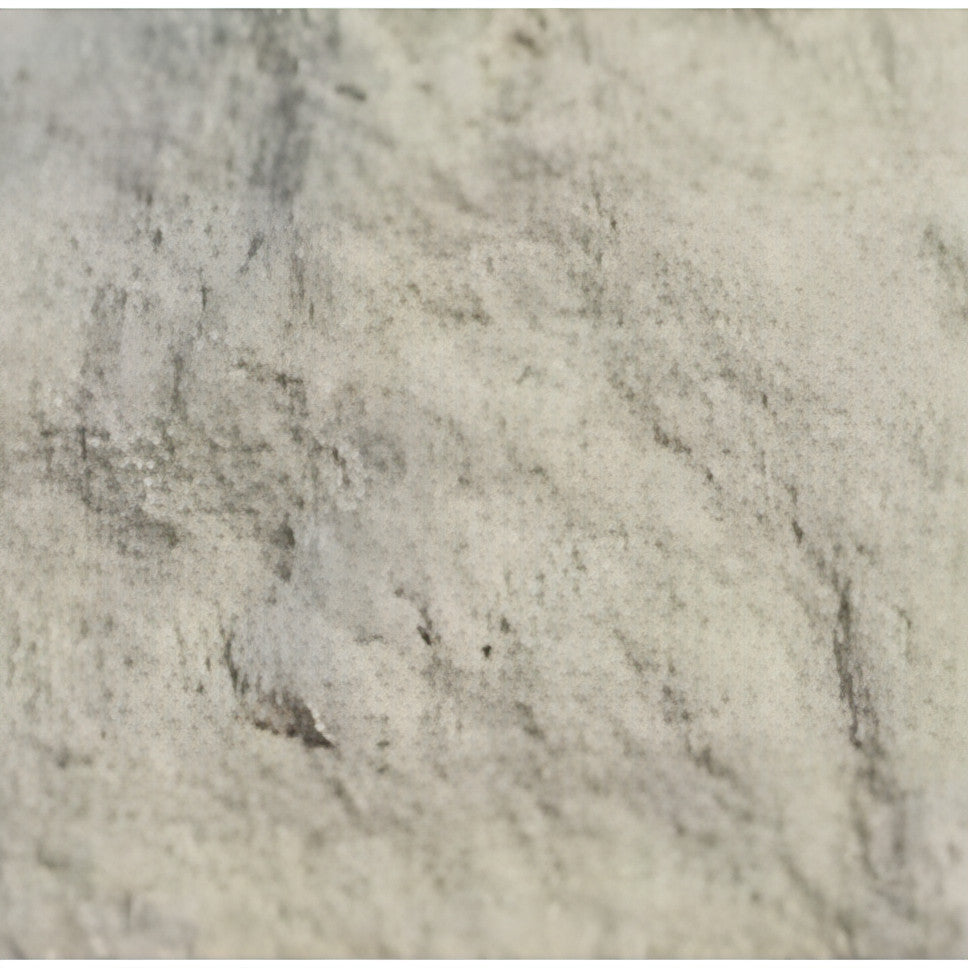Premium Agar Agar Powder - Made in USA
Premium Agar Agar Powder - Made in USA
Couldn't load pickup availability
Shroomability Agar Powder is of very high grade. We sell quite a bit of agar to medical researchers and educational organizations.
it's tough to beat our prices on high quality agar.
no return
no refund on this product once ordered from our supplier because we cannot return this item.
All orders over 1 lb shipped signature required and fully insured. Please allow up to 2 weeks for larger agar orders to ship.
Agar plates are commonly used in mushroom cultivation to isolate and propagate mushroom mycelium, which is the vegetative growth stage of the mushroom fungus. Agar is a gelatinous substance derived from seaweed and is widely used in microbiology and mycology for culturing various microorganisms, including mushroom mycelium.
Here's how you can use agar to make agar plates for mushroom cultivation:
- Prepare the Ingredients:
- Agar powder: You can purchase agar powder from a scientific supply store or online.
- Nutrient agar: A suitable nutrient source for mushroom mycelium growth. Malt extract agar (MEA) and potato dextrose agar (PDA) are commonly used in mushroom cultivation.
- Sterilize Equipment:
- Ensure that all equipment, including petri dishes or containers, agar solution, and utensils, are properly sterilized to prevent contamination.
- Prepare Agar Solution:
- Measure and mix the agar powder and nutrient source according to the manufacturer's instructions. Typically, it's around 15-20 grams of agar per liter of water for most mushroom species.
- Boil the mixture while stirring until the agar powder is completely dissolved.
- Pour Agar into Plates:
- Pour the hot agar solution into sterile petri dishes or containers to create a solid agar layer. The depth of the agar layer should be about 3-5 mm.
- Cool and Solidify:
- Allow the agar to cool and solidify in a sterile environment. Keep the lids on the containers during this process.
- Inoculate the Agar Plates:
- Once the agar plates have solidified, they are ready for inoculation. Using aseptic techniques (flame sterilization or a laminar flow hood), transfer a small piece of mushroom tissue or spores onto the surface of the agar.
- Incubate:
- Seal the plates with parafilm or tape to prevent contamination and incubate them in a controlled environment at the appropriate temperature and humidity for the specific mushroom species you are cultivating. This can range from room temperature to slightly cooler or warmer, depending on the species.
- Observe Growth:
- Over time, you will see mycelium growth radiating out from the point of inoculation. This is a sign of successful culture.
- Transfer to Substrate:
- Once you have a well-established culture, you can use it to inoculate a larger substrate, such as grain or sawdust, to grow your mushrooms.
It's important to maintain strict sterile conditions throughout the process to prevent contamination, which can be a common challenge in mushroom cultivation. Using a laminar flow hood or a still air box and sterilizing your equipment are crucial for success. Additionally, be aware of the specific requirements for the mushroom species you are cultivating, as different mushrooms may have different preferences for agar recipes, temperature, and humidity.


